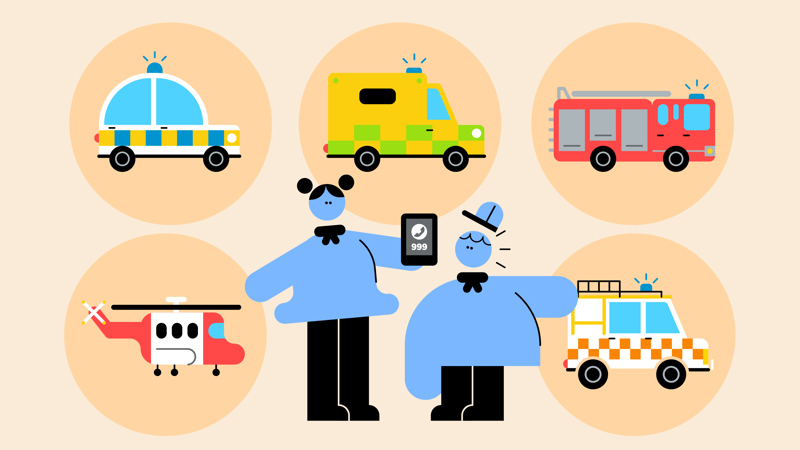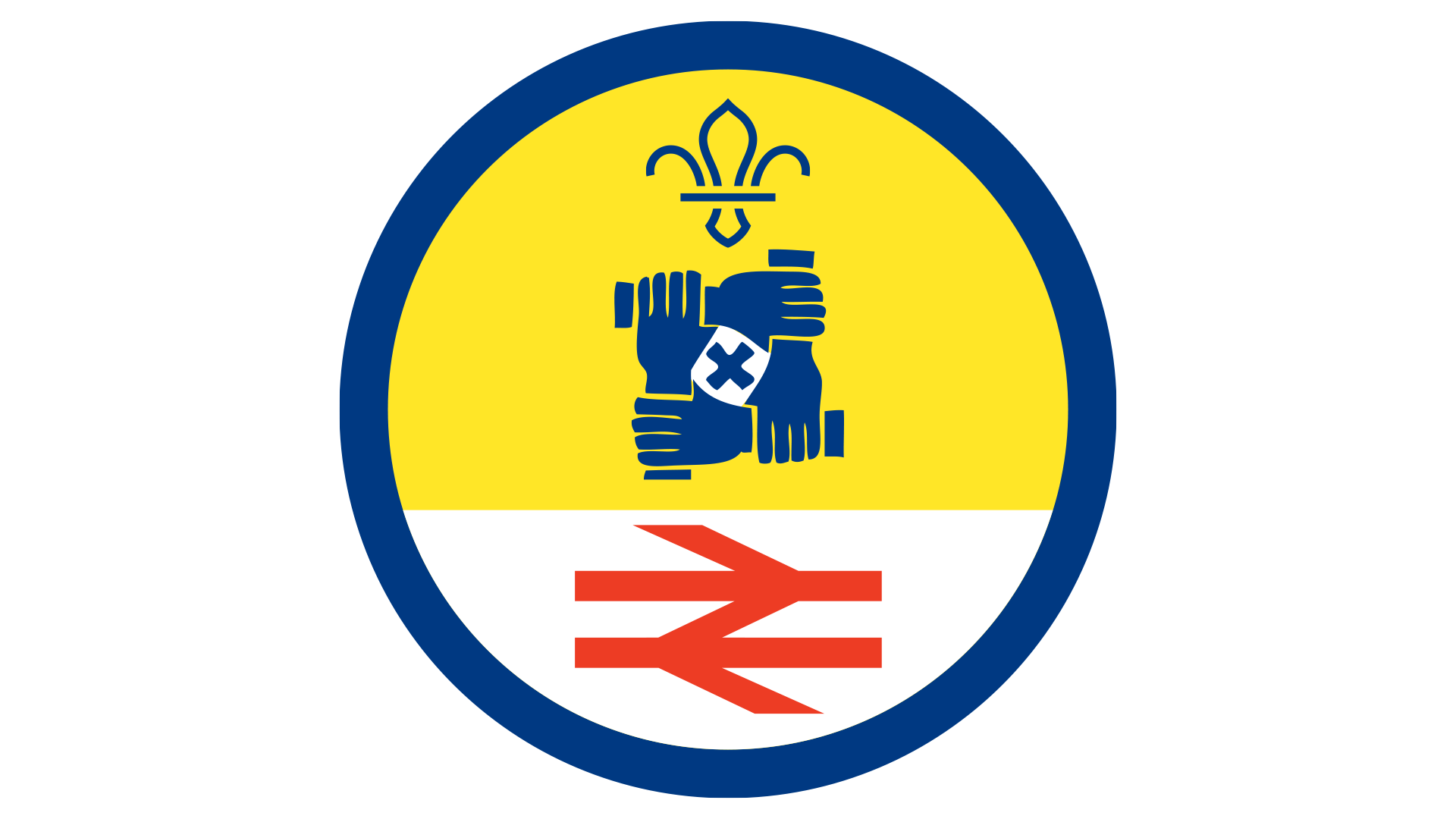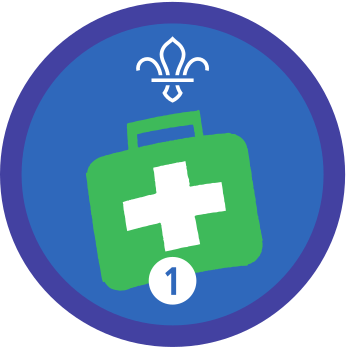
Emergency 999
You’ll need
- Old phones
- Role play scripts
- Situation cards
Before you begin
- Gather a selection of old phones. They could be old mobile phones, old landlines, or toy phones. Parents and carers may be able to lend you some for the activity.
- Cut up the situation cards.
- Make sure you have two people to lead the activity – you’ll need an operator and a caller to show a call. Decide before you begin who will play each role, and which role play you’ll use.
Who to call?
- The person leading the activity should ask if anyone can name an emergency service. Everyone should work together to try and remember the main emergency services – the police, the ambulance service, and the fire service. They may be able to remember that there’s also the coastguard and mountain rescue, depending on where you are.
- The person leading the activity should ask if anyone can remember what number to dial in an emergency. The number is 999, but in the UK, 911 and 112 work too.
Show a call
- The two people leading the activity should use two of the old phones to follow one of the role play scripts.
- Once they’ve finished, they should ask if anyone can remember the first thing the operator (the person who answered the phone) asked. They asked which service they needed and for the caller’s name and address, and then they asked what happened.
- The person leading the activity should tell everyone the address of the meeting place. It might be a building name and a town, or it might have a street name too.
Emergency 999
- Everyone should split into small groups. The person leading the game should give each group two phones and a few situation cards.
- Everyone should split into pairs within their groups.
- One at a time, pairs should take it in turns to choose a situation card and pretend to call the emergency services in the situation. One person should be the caller and the other should be the operator.
- The rest of the group should watch. They can offer help and advice if the pair needs it.
- Everyone should repeat steps three and four until everyone’s had a turn at being the caller.
Reflection
This activity helped everyone learn how to be responsible in an emergency. They learned how to call the emergency services and what happens when they do. The person leading the reflection should remind everyone that they should only ever call 999 in an emergency, never for fun or as a joke – the people who take the calls are busy with lots of different emergencies and if they spend their time on a joke someone who needs their help might have to wait! Well done to everyone for learning how to be responsible and helpful.
Safety
All activities must be safely managed. You must complete a thorough risk assessment and take appropriate steps to reduce risk. Use the safety checklist to help you plan and risk assess your activity. Always get approval for the activity, and have suitable supervision and an InTouch process.
- Phones and cameras
Make sure parents and carers are aware and have given consent for photography.
If you need to, stop throughout the role play to check that everyone understands what’s going on and what they should do. You could do more than one role play if you need to.
Check everyone can hold and dial the phone. You may need a phone with larger numbers if anyone has a visual impairment.
This activity may be difficult or upsetting for anyone who’s been involved in or has witnessed an emergency (or has known someone who’s been involved in or witnessed an emergency). Let people (and their parents or carers) know about this activity in advance. You may need to have a chat with some people, or adapt the activity so they can take part (for example, you may need to remove certain scenario cards if they’re especially upsetting).
All Scout activities should be inclusive and accessible.
You could make emergency cards to stick by the telephone at home (or somewhere easy to remember, if people don’t have a landline). Write your name, home phone number, and address on a card and decorate it with pictures or stickers.

